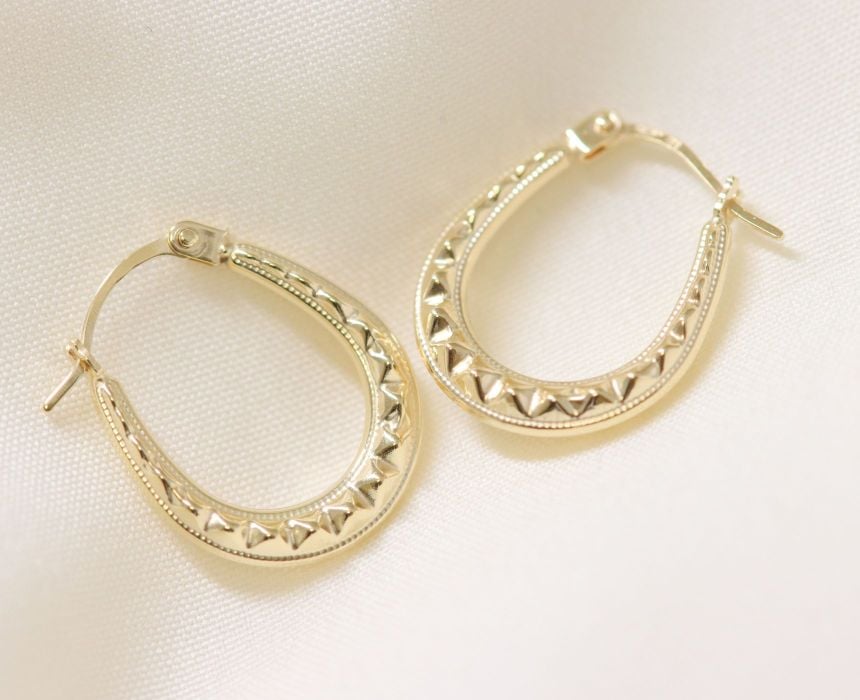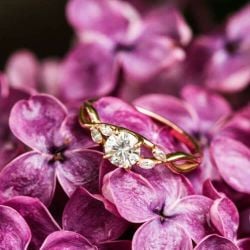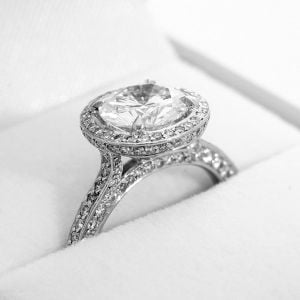- ‹Home
- ‹
- /
- Jewellery & Watch Guides
- /
- What is a Diamond Guide

What is a Diamond & How are they Made?
If you're a jewellery lover, you're bound to have this precious gem in some form in your jewellery box. Aside from being stunning statements, diamonds are so popular because the stone is timeless and versatile. Whether your style is minimalist or extravagant, vintage or modern, you can't go wrong with beautiful diamond rings, bracelets, or earrings. And what makes this precious gem even more appealing is the fact that it's so rare. You probably already know that diamonds are unique and one of a kind, as they're usually priced higher than any other precious gemstone. But you may not know the reasons behind this. To help you learn more about the most popular gemstone in the world today, we've put together a comprehensive guide to diamonds.Diamond Jewellery
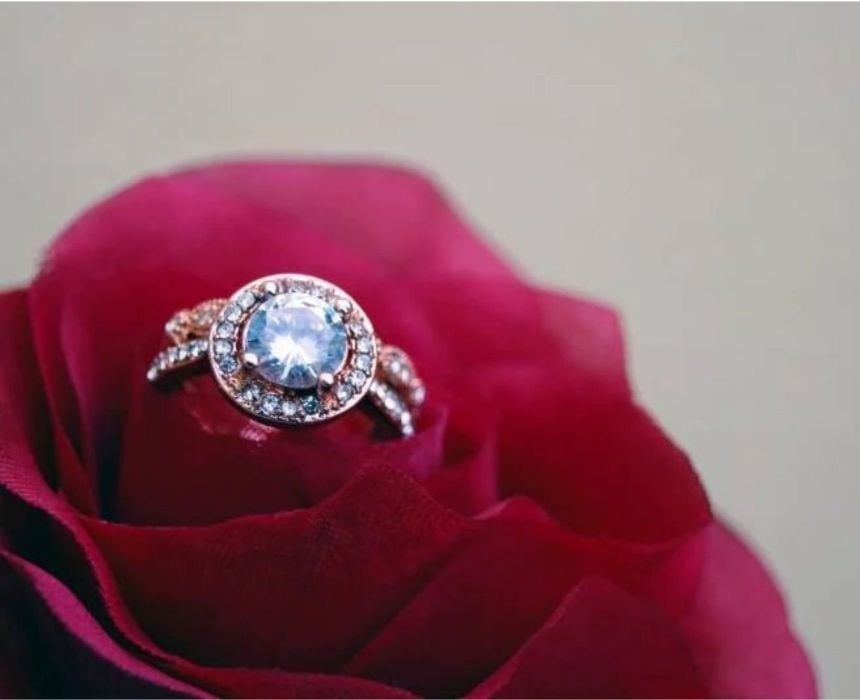
The history of natural diamonds
Diamonds were first discovered in India around 2500-2800 years ago. However, the earliest records of diamonds date back to 800 BCE. This suggests that diamond mining was taking place in India for centuries before it was first recorded. Diamonds have been found in many places around the world, including South Africa, Canada, Russia, and Brazil. However, India has remained the primary source of diamonds since the time of their initial discovery. The discovery of diamonds has had a profound effect on the jewelry industry, as they are one of the most sought-after gemstones in the world. Diamonds are often associated with luxury and status, and they remain one of the most popular choices for engagement rings, wedding bands, and other jewellery.
Diamonds have a long history in the world of jewellery. They have been used to make statement pieces of jewellery since at least the 15th century. Since then, diamonds have been seen as a symbol of wealth and status and have been coveted by the rich and famous. Today, diamonds are still a popular choice for jewellery and are used to create stunning statement pieces. They are also used to make fashion jewellery, which is often less expensive than traditional diamond jewellery. The use of diamonds in jewellery continues to be a popular choice for those looking to make a statement of wealth and fashion.
Famous Diamonds
Pink Star Diamond, Jubilee Diamond, De Beers, Wittelsbach-Graff Diamond, Hope Diamond, Koh-i-Noor, Centenary Diamond, Cullinan Diamonds
Diamonds Today
Diamonds have become an integral part of modern society, with their use in jewellery and fashion being particularly prominent. In 2021, the diamond industry is estimated to be worth more than $80 billion and is set to grow even further by 2023. The use of diamonds in jewellery is one of the most popular uses, with their beauty and timelessness making them a favourite for many. They are also increasingly being used in fashion, with celebrities often wearing diamond jewellery to formal events. Diamonds are also becoming more accessible, with the rise of synthetic diamonds allowing more people to purchase them. As such, diamonds are becoming an increasingly popular choice in modern society.
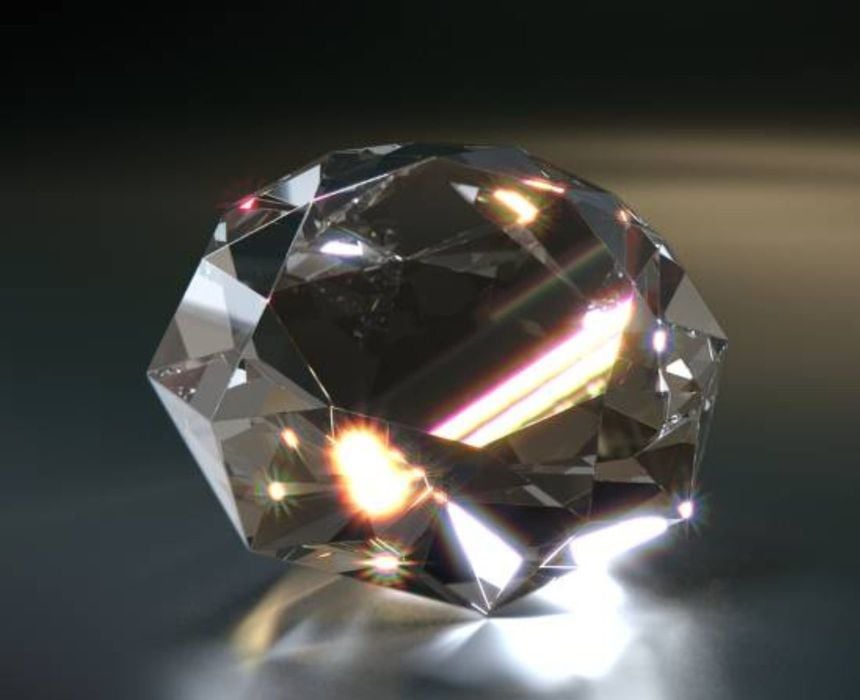
What is a diamond?
So, what exactly is a diamond? While a lot of people already own a diamond in some form, many of us may struggle to answer this question. To help you understand more about this precious gem, read on to find out what diamonds are made of and how they're formed.
What are diamonds made of?
The word “diamond” comes from the word “adamas” which means “indestructible” in Greek – and diamonds are among the hardest natural materials known to man.
They are usually colourless but can be found in yellow, brown, green, blue, grey and red. They can also be found in a variety of shapes – including octahedrons, cubes, and dodecahedrons.
Diamonds are formed from a unique and rare substance known as crystalline carbon. The unique properties of this crystalline carbon are what makes diamonds so durable, attractive, and valuable.
Diamonds are made of chemical elements, primarily carbon. Pure carbon is composed of individual atoms that are bonded together in a particular arrangement. This arrangement makes the carbon atoms exceptionally strong, which is why diamonds are so valuable. The formation process of a diamond begins with carbon atoms that are subjected to intense heat and pressure. This causes the atoms to bond together in a robust lattice-like structure. These bonds give diamonds incredible strength and hardness, which is why they are so highly valued. Diamonds are also extremely durable, making them a great choice for jewellery that is meant to last. The unique properties of diamonds make them the most sought-after gemstone in the world.
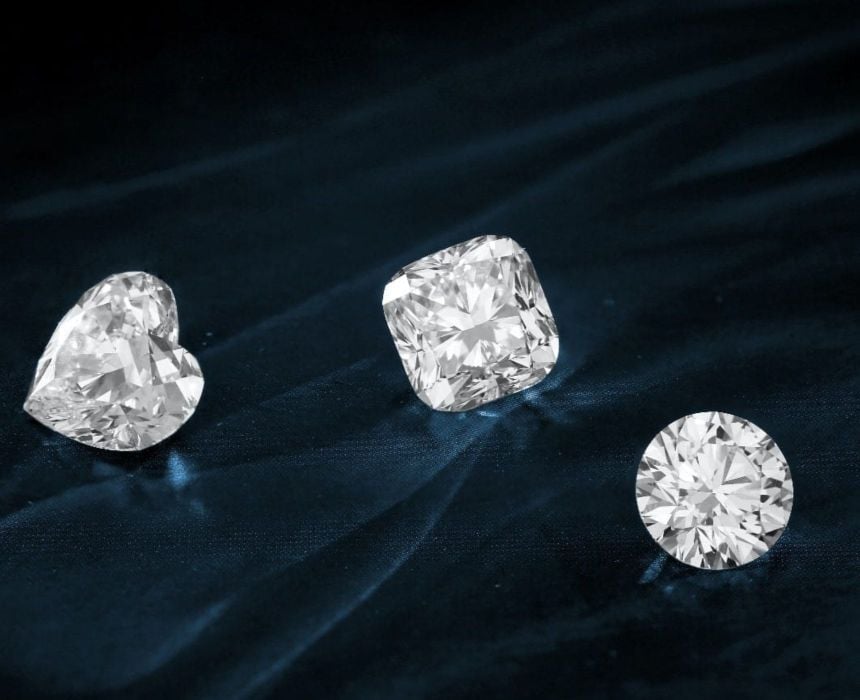
How are diamonds made?
Diamonds are one of the most sought-after gemstones in the world. But have you ever wondered where they come from and how they are formed? In this blog post, we'll explore the fascinating process of diamond formation, from the depths of the Earth’s mantle to the sparkling jewellery sitting on your finger. So read on to learn more about how diamonds are made!
Introduction to Diamond Formation
Diamonds are formed deep within the Earth’s mantle, under extremely high temperatures and pressure. It takes a long time for this process to take place, as diamonds can form over millions of years. The high temperature and pressure cause carbon atoms deep within the mantle to crystallize, which eventually form diamonds. This process happens hundreds of kilometres beneath the surface of the Earth, where rocks and minerals are in an unstable state. This makes it difficult to study the process of diamond formation, however, it is a fascinating natural process that takes place over a long period of time.
They are then brought to the surface by volcanic eruptions, where they can be found in kimberlite pipes and alluvial deposits. Prior to being formed in the Earth's mantle, diamonds are created by the combination of carbon and extreme pressure that takes place over billions of years. They are then brought to the surface in the form of kimberlite pipes and alluvial deposits. Kimberlite pipes are large underground formations of rocks and soil, while alluvial deposits are those that have been washed away by rivers and streams. Once the diamonds have been brought to the surface, they are then manually mined from the deposits. After being mined, the diamonds can then be cut, polished and set for sale.
Finally, diamonds are truly remarkable and ancient gems, made over millions of years from the depths of the Earth. They represent a long journey filled with beauty, strength and worth. A diamond is much more than just a gemstone – it's an age-old testimony to nature's marvels that when admired, will bring admiration and awe for generations to come.
Diamonds are formed under immense pressure and heat at depths of up to 150 kilometers below the surface of the Earth. This extreme environment occurs in only two places on Earth: in the mantle beneath continents and beneath the ocean floor. Diamonds are created by the extreme pressure of volcanos that propel them up to the Earth's surface, where they are then mined. In addition to volcanic eruptions, diamonds can also be created through laboratory-based processes, such as the High-Pressure High-Temperature process, that mimic the conditions in which they are formed in nature. This process is used to create synthetic diamonds which are indistinguishable from natural diamonds.
They are primarily composed of pure carbon, with trace amounts of other minerals such as boron, nitrogen, and hydrogen. Diamonds are formed in the depths of the Earth’s upper mantle under extreme pressure and heat. These incredibly high temperatures and pressures cause the carbon to crystallise and become a diamond over periods of millions of years. Diamonds are normally found in kimberlite, a type of rock formed by volcanic activity, which carries them to the Earth’s surface. Diamonds are then mined from the ground in open-pit and underground mines.
Thereafter, the geological conditions necessary for diamonds to form are often the result of significant heat and pressure created through the actions of volcanos. This process usually takes millions of years, however, it is during this extended period that diamonds are formed and remain in existence.
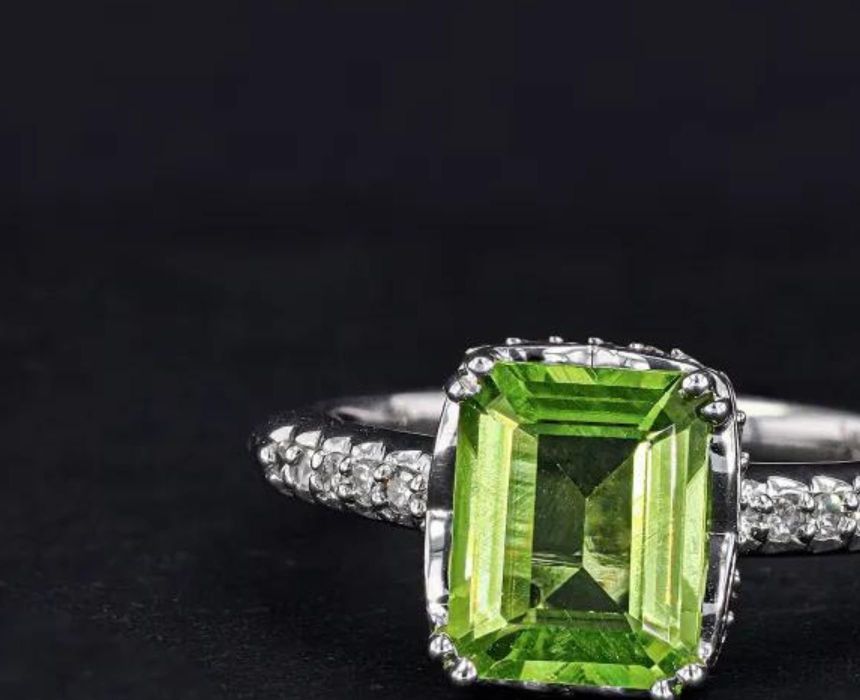
The Process of Diamond Creation
Diamonds are created in the Earth's mantle under extreme temperatures and pressures. The process takes a long time, typically between 1 billion and 3.3 billion years, and involves a variety of geological activities. The diamonds are formed from carbon-rich material that is slowly pushed to the surface of the Earth by tectonic plate movement and then expelled by volcanic eruptions. Finally, the diamonds are brought to the surface where they can be collected and cut into the sparkling gems we all recognize.
The diamonds are pushed to the surface of the Earth by geologic events such as volcanoes and earthquakes. Under normal circumstances, diamonds are formed over a period of millions of years, deep within the Earth's crust at depths between 90 and 120 miles. The diamonds form from a unique set of conditions such as extreme heat and pressure. Carbon, the main component of diamonds, is exposed to these conditions and crystallizes forming diamond crystals. When the diamonds are forced to the surface by these geologic events, they are then mined and cut into the sparkling gems that are seen in jewellery stores today.
Moreover, diamonds are created by the earth’s mantle and carbon-bearing fluids from the Earth’s interior, which are forced to the surface at temperatures of up to 100 Celsius. Once on the surface, diamonds can be mined and cut into their finished form for use in jewellery. This process makes them one-of-a-kind gems that have been treasured and awe-inspiring for centuries.
Diamonds are found in a variety of places around the world, with the majority of them being located in South Africa, Russia, Botswana, and Australia. These countries are rich in diamonds due to the volcanic activity that has taken place over millions of years. South Africa is one of the most well-known diamond producers, with their mines producing some of the highest-quality diamonds in the world. Russia is also a major diamond producer, with its mines located in the Ural Mountains. Botswana is home to the world’s largest diamond mine and is one of the top diamond producers in the world. Australia is another major diamond producer, with its mines located in the Northern Territory.
There is no one answer to this question, as natural diamonds come in a range of colours. This is because the pressure intensity and gases in the air can change the colour of the diamond in the formation process. For example, it is possible for the gems to develop a yellow or orange tint if nitrogen is present during the formation process.
Diamonds come in many different colours, ranging from brown, pink, red, violet and even colourless. Brown diamonds are the most common and are usually found in nature. Pink diamonds are the most sought after, as they are the rarest and most valuable. Red diamonds are also incredibly rare, and are the second most valuable type of diamond. Violet diamonds are the least common and are considered to be the most exotic. Colourless diamonds are the most popular, as they are the most versatile and can be used in any type of jewellery. No matter what colour diamonds you choose, they are sure to be beautiful and sparkle like no other.

What are lab diamonds?
Lab diamonds are diamonds created in a laboratory environment and have the same physical, optical, and chemical properties as natural diamonds. They were first introduced to the market in the early 2000s as a more affordable alternative to mined diamonds. Initially, lab diamonds were created for industrial purposes, but have become more popular in recent years due to the range of sizes, shapes, and colors that are available, as well as their lower cost. Lab diamonds have become more widely accepted in the jewelry industry and have allowed many people to purchase diamond jewelry that was once out of reach financially.
Synthetic or lab-grown diamonds were first introduced in the 1970s by General Electric’s scientists, but research and development around these types of diamonds actually began in the 1940s. Lab diamonds are created in a laboratory and have the same chemical, physical, and optical properties of a natural diamond. They are formed when carbon atoms are placed under high pressure and extreme temperatures, replicating the natural diamond formation process. Lab diamonds are becoming increasingly popular due to their cost-effectiveness and ethical sourcing.
Similarly, lab diamonds are becoming increasingly popular as an ethical alternative to mined diamonds. Lab diamonds are artificially produced diamonds that have the same physical and chemical properties of traditional mined diamonds. The only difference is they were created in a controlled laboratory setting under highly precise conditions rather than being extracted from the ground. Since they became available to consumers over 10 years ago, lab diamonds have been gaining in popularity due to their affordability and the reduced environmental impact associated with their production methods.
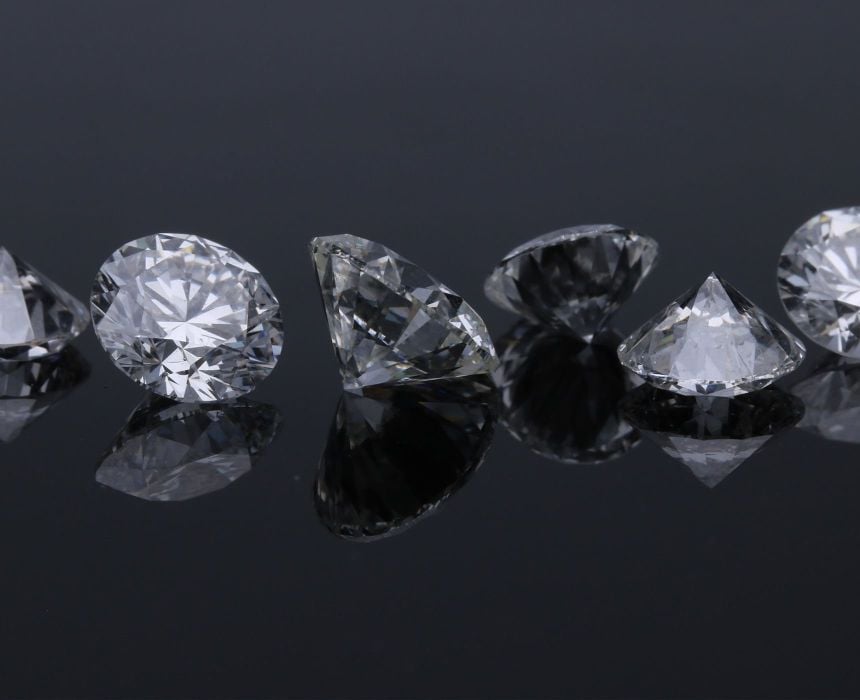
Origin and History of Lab Diamonds
Lab diamonds were first introduced in the 1990s as an alternative to natural diamonds, providing a more sustainable option for diamond production. Unlike natural diamonds which are mined from the Earth, lab diamonds are created in a laboratory using a process known as HPHT (high pressure, high temperature) in a matter of weeks. They are almost identical to natural diamonds in terms of optical, physical, and chemical properties, and many processing techniques used for natural diamonds can also be used for lab diamonds. Lab diamonds are generally more affordable than natural diamonds, but still retain the same high level of quality and clarity. For these reasons, lab diamonds are becoming increasingly popular for jewelry designs, particularly for engagement and wedding rings.
Lab diamonds are created in a controlled environment and can be very similar to mined diamonds, with nearly identical physical and optical properties. They were introduced in the early 2000s and have become increasingly popular in recent years, with more and more people opting for them as an alternative to traditional mined diamonds. Lab diamonds are created in a laboratory using the same processes that are used to create mined diamonds, but without any of the environmental harm associated with mining. Lab diamonds are often a more affordable option, making them an attractive choice for those on a budget.
Furthermore, lab diamonds are becoming increasingly popular in modern culture and its growth seems unstoppable. First introduced around a decade ago, this much more affordable alternative to mined diamonds has completely revolutionized the diamond industry. Although they still only represent a small fraction of the global diamond market, their presence is growing every day as more people become aware of their existence.
How are Lab Diamonds Created?
Lab-created diamonds are grown in a controlled environment, mimicking the natural formation process of real diamonds. Since their introduction in the late 2000s, lab-created diamonds have become increasingly popular because they are indistinguishable from mined diamonds and offer a more ethical alternative. Their production process is much faster and results in a diamond with fewer inclusions and less expensive cost. Lab diamonds also have the same optical, physical, and chemical properties as diamonds found in nature.
The process involves creating a diamond “seed” from a small amount of carbon and exposing it to extreme pressure and heat for months or even years. This process of creating a lab-grown diamond is becoming increasingly popular as it allows for the production of beautiful, conflict-free diamonds. Lab diamonds were introduced in the late 1990s and have since become an accessible and affordable alternative to mined diamonds. Furthermore, lab diamonds are indistinguishable from mined diamonds, making them just as popular.
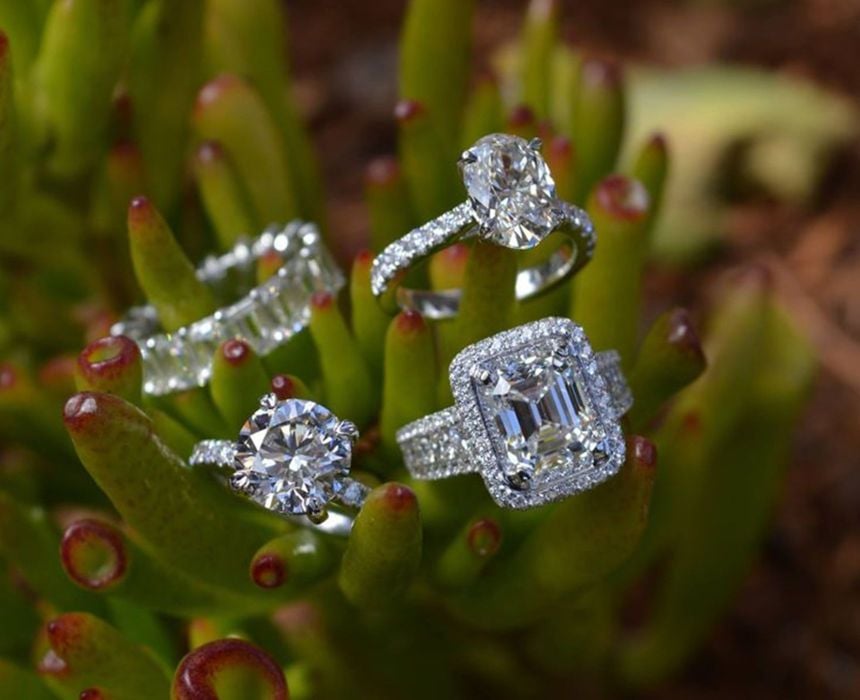
Natural diamond vs lab-grown diamonds
While the formation process of lab-grown diamonds is different from that of natural ones, they are remarkably similar in other ways. In fact, the formation process has improved so much since the first lab-grown diamond was made that it's now almost impossible to spot the difference between a synthetic and natural diamond based on their appearance. Aside from the different formation process, the only real difference between the two is that natural diamonds often contain tiny particles of nitrogen because of the environment in which they're formed.
So, since the two types of diamond are so similar, which is the right kind for you? To help you figure out whether to buy a synthetic or natural diamond next time you go jewelry shopping, here are some of the positives of the two types:
| Natural Diamond Benefits | Synthetic Diamond Benefits |
|---|---|
| Rarity: There are currently more natural diamonds in the world than synthetics. However, as these diamonds cannot be man-made, they will become a lot rarer over time. | Affordability: Synthetic diamonds are easier and quicker to make, often making them much more affordable. In fact, lab-grown diamonds can be up to 30% cheaper than natural ones! |
| Stable value: Natural diamonds have existed far longer than synthetic ones and have been traded for hundreds of years, making their price more stable. | Sustainability: While improvements have been made in the mining of natural diamonds, synthetic diamonds are currently the most sustainable option. |
| Profitable: The value of natural diamonds increases over time with inflation, making them a great investment. | Blemish-free: As the formation process is more controlled, synthetic diamonds are less likely to develop blemishes in the process. |
| Diamond mining improvements: Mining conditions for natural diamonds have improved, and the trading of conflict diamonds is now illegal. | Color variety: Synthetic diamonds come in a range of colors, including ones that natural diamonds cannot come in. |
Despite their many similarities, both natural and synthetic diamonds have their positives and negatives. So, when shopping for diamonds, it's important to consider your priorities, whether they're value, affordability, or sustainability. However, both versions of this precious gemstone are eye-catchingly beautiful, so whichever you choose, you're sure to love it. For more advice on finding the perfect diamond, make sure to check out our diamond buying guide.
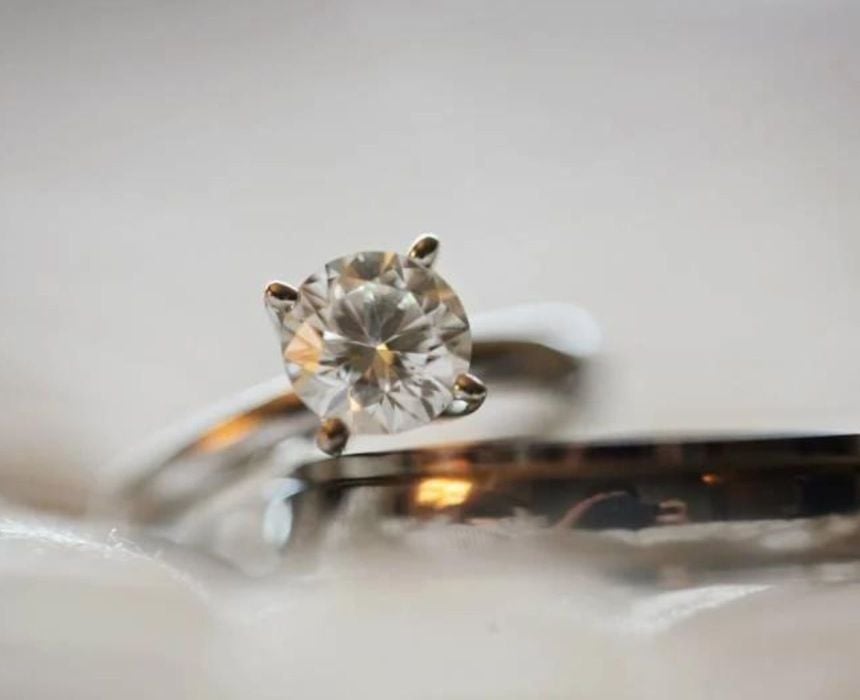
After reading this guide to diamonds, you will hopefully have a better understanding of what a diamond is and how diamonds are formed, as well as about the similarities and differences between natural and synthetic diamonds. Having this knowledge should help you find the perfect piece of diamond jewellery next time you go accessory shopping, whether it's for a loved one or yourself.
Here at Ramsdens, we have a wide selection of stunning diamond jewellery for both men and women, including diamond rings, pendants, bracelets, and more. We offer both brand new and pre-owned jewellery to satisfy every budget.
If you want to find out more about which diamond is right for you before you make your purchase, simply get in touch with our friendly and helpful team by contacting us or visiting your local Ramsdens branch. And for more tips and advice on buying, cleaning, and caring for jewellery, don't forget to check out the rest of our handy guides.
DIAMOND RINGS






